Ball Transfer Units for Machinery design
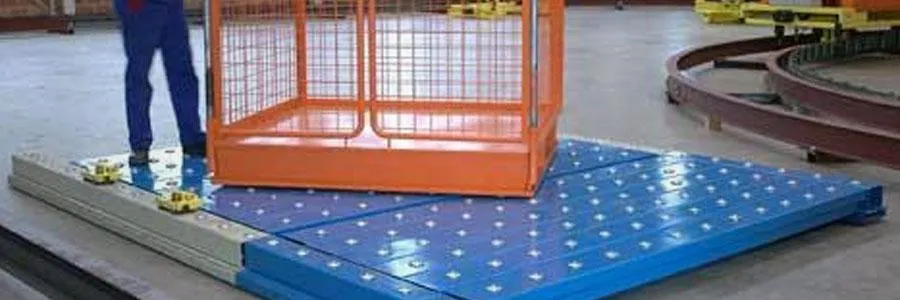
Ball transfer units are an indispensable component for mechanical engineers as their use is popular where loads and moving machinery parts require fast 360-degree directional changes and zero offsets.
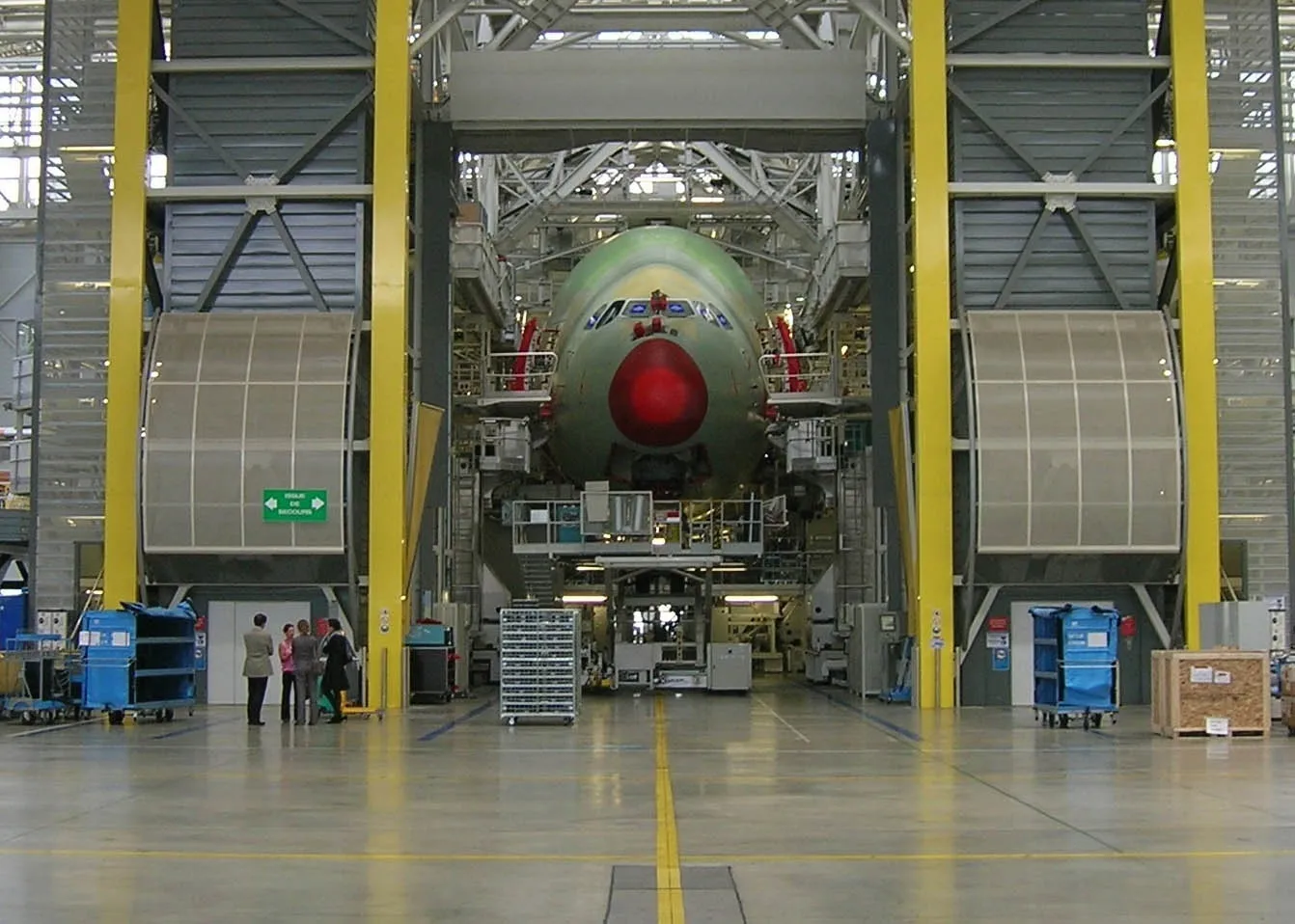
With a wide range of ball transfer units on our store shelves, Tuli is confident that we can satisfy the most demanding of customer requirements.
Types of ball transfer units
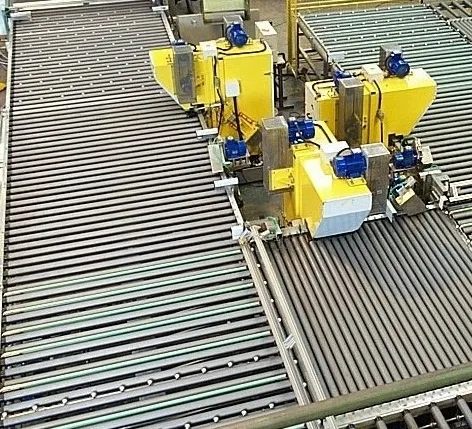
Mini ball transfer units
For precise movements and small linear motion, we present the mini-unit series, with load-bearing balls ranging from 4.8 mm to 15.8 mm in diameter. These units are great because of their accurate positioning capability and usefulness in small spaces. Examples of mini ball unit applications:
- photocopiers and printers
- mechatronics
- measuring equipment
- optical technologies
- glass processing
- linear motion guides
- light-weight coil holders
Euro ball transfer units
For extreme temperature environments, we recommend the use of Hi-Tech double seal and Euro units. These units were designed to withstand temperatures from -30oC to +200oC. Hi-Tech double seal units are also made from chemically and rust-resistant material and thus the ball can be used facing down without loss in performance.
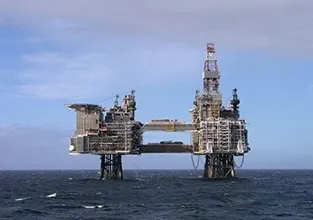
Nylon load ball units
For application with reduced metal content (such as medical imaging scanners), we advise the use of nylon load ball units.
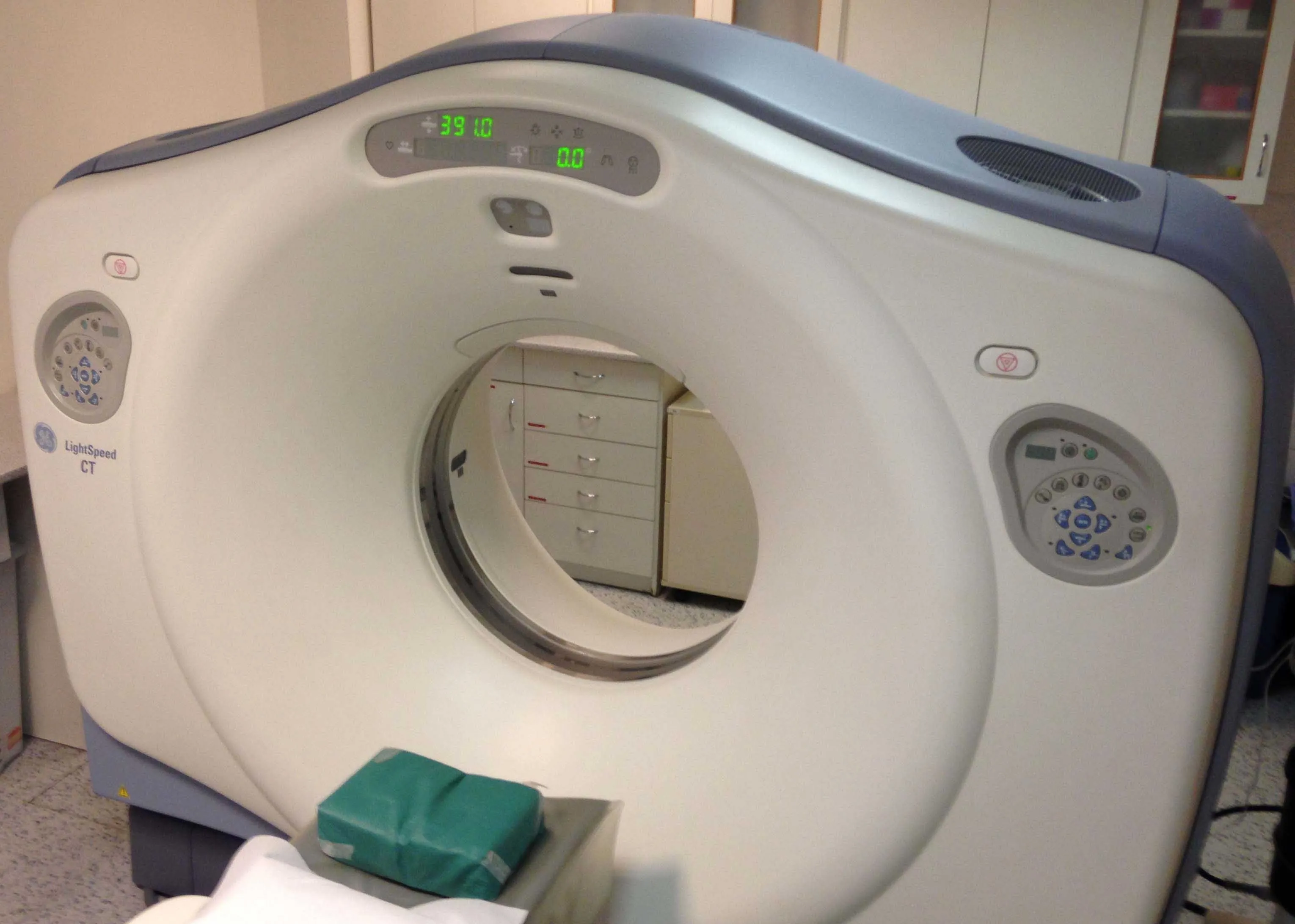
Spring-load ball transfer units
Spring-loaded units are excellent for cushioning shock blows and at absorbing vibrations. These units are suitable for a wide range of mechanical applications including presses, tool bases, guillotines, and press brakes. Spring-loaded units are also ideal when an item needs to be moved and then clamped in place.
Heavy-load ball transfer units
Heavy ball units (hevi-load, heavy-duty and tuff series units) are capable of withstanding high loads up to 10 tons per ball unit which makes them perfect for transporting heavy and large objects. Examples of their application include cable placing, aerospace structural construction, and the transportation of drilling systems.
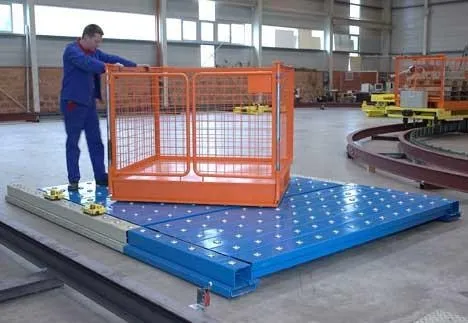




























Leave a Comment
Your email address will not be published. Required fields are marked *